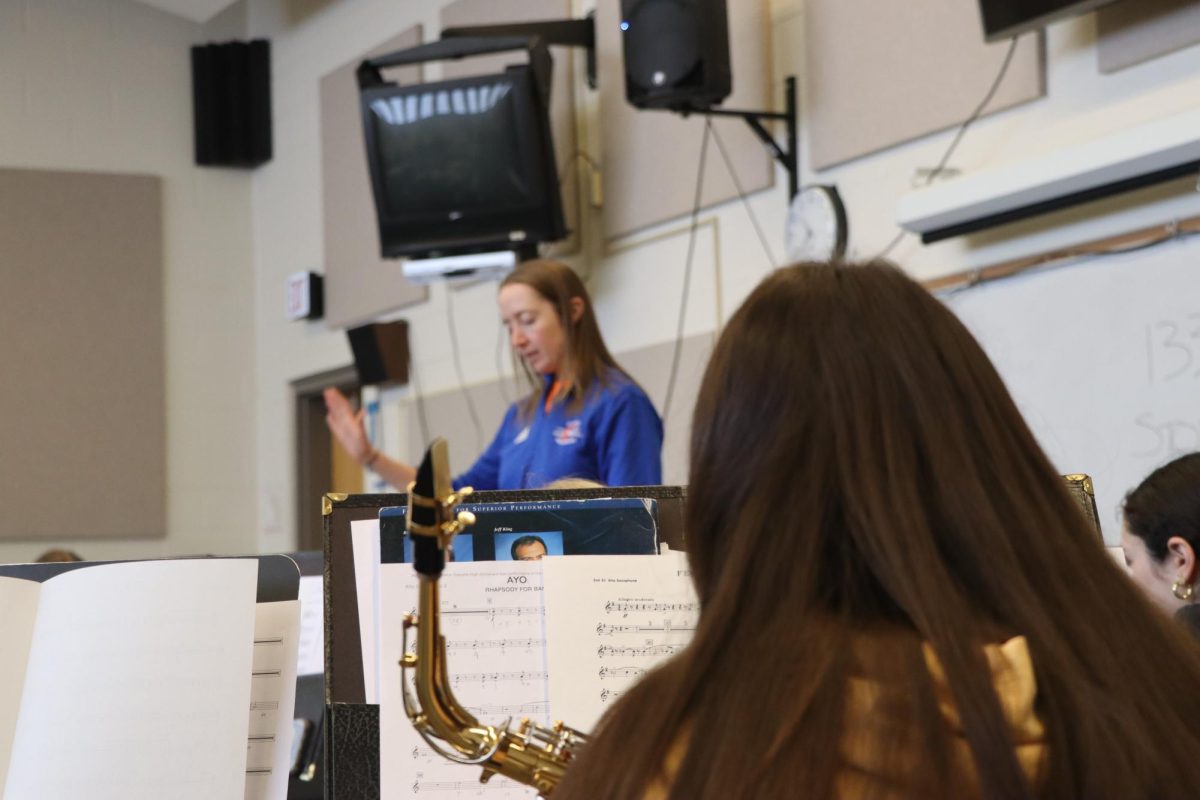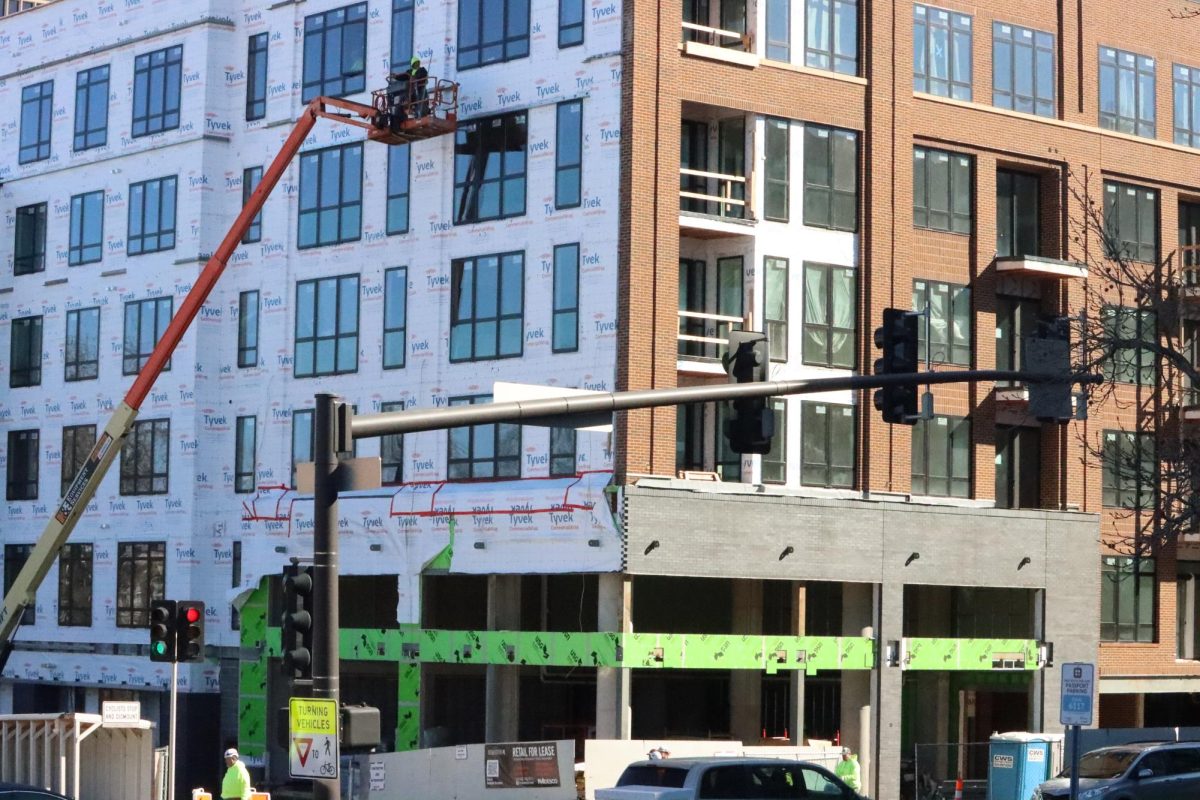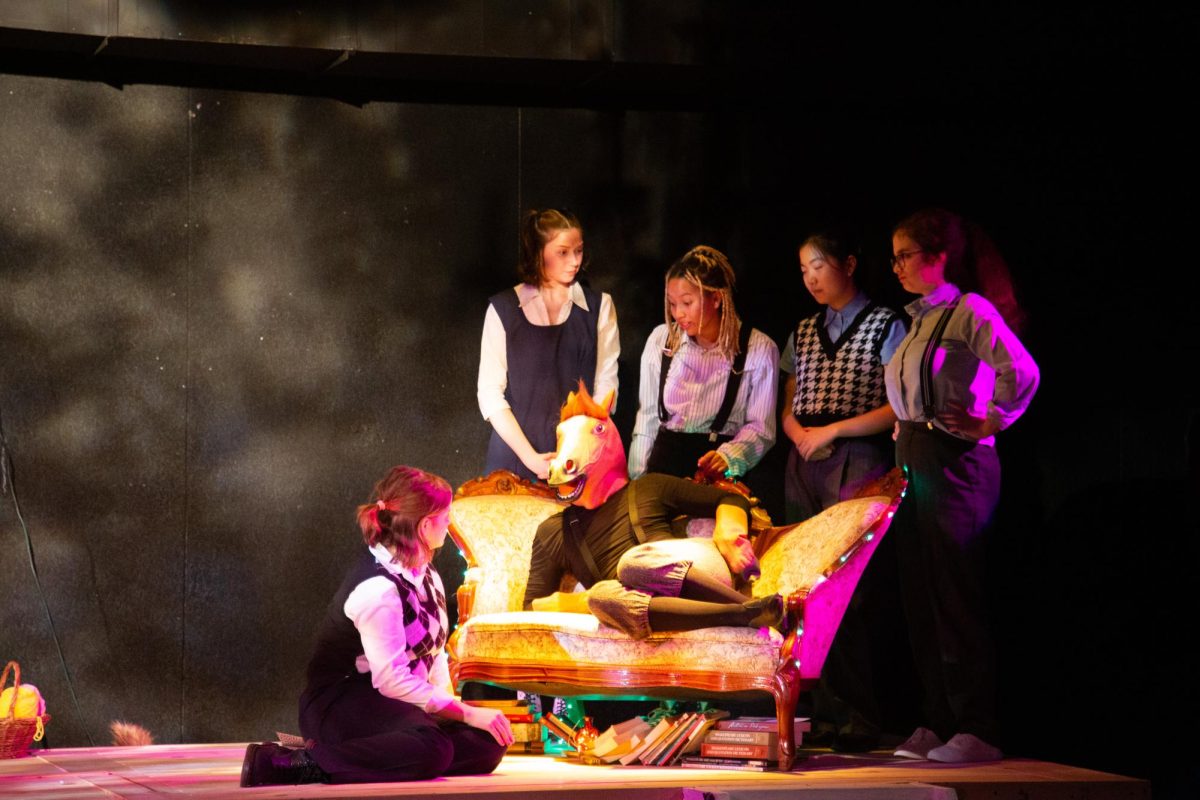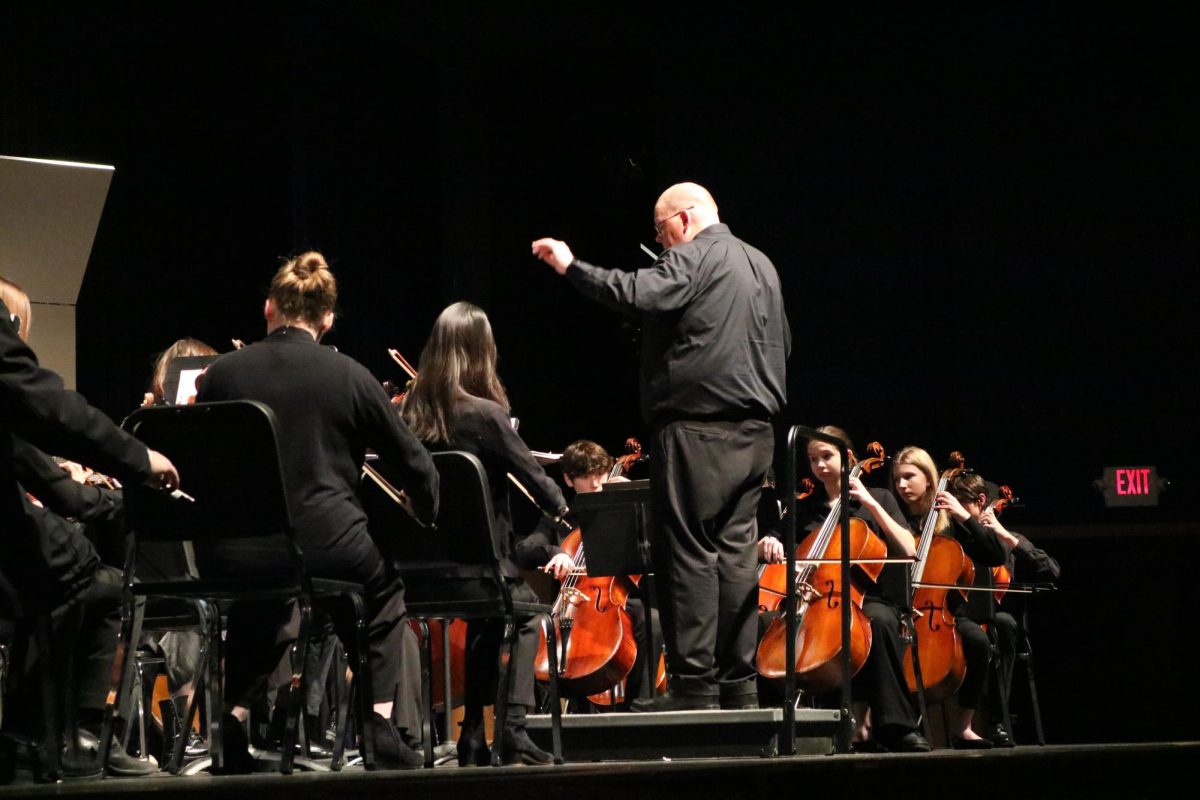I caught a late train back from Chicago in August, and wound up waiting for a ride back home at the station in downtown St. Louis at 2:00 in the morning. Little me, pink duffel, dead phone.
My dad was on his way, but in my mind, he could not get there faster. Then I thought, if this were any other place, say New York City in a subway station, I would not be as scared. I would probably just find someone on the street and ask to use their phone. But this was not New York — far from it.
So there I was, standing alone at 2:00 in the morning in the second most dangerous city in the country, and it hit me. The problem with this city is that nobody walks. What kind of major city’s streets are completely empty? Why is St. Louis in the top 25 Fattest Cities in the United States? Because nobody walks.
It’s hard to get away with a lot of things when there are a lot of witnesses. When nobody is walking, the streets become breeding grounds for sketchy activity. But it wouldn’t be easy to enlist people to walk the streets of downtown St. Louis, at least not with the stats we have going for us.
According to neighborhoodscout.com, over 6,000 violent crimes occurred in St. Louis city in 2011 alone. That number was dwarfed by the nearly 28,000 annual property crimes in the city.
Now let’s compare those statistics to the crime rate in Clayton. In 2010, a total of 83 crimes occurred. This number includes both violent crimes and property theft.
We are fortunate to go to school in such a safe neighborhood. Students are free to leave school grounds, walk to lunch, and not have to worry for their lives. This seems hyperbolic, but it is truly something to be thankful for.
Clayton is a rare entity bordering such a “dangerous†place. But this makes us all the more responsible for refusing to passively accept the futility of St. Louis city.
I was alone at the train station that night in August because the other hundreds of people knew to park their cars outside the station for a quick escape when they arrived home. Not a single person felt safe enough to wait for a ride. Not a single person walked home. We accept that which we think we cannot change.
But like New York, there is still hope for St. Louis. New York City was not always the booming metropolis it is today. A major clean-up of the homeless population and a revamp of Broadway in the early ‘90’s brought more people out of their homes and onto the streets of the Big Apple. It is not too late for St. Louis to take back it’s name as the “Gateway to the West.â€
I can safely say that I stood at that train station for thirty minutes without any mishap. The problems are bigger than us, but not impossible to solve. We can start by simply walking.






